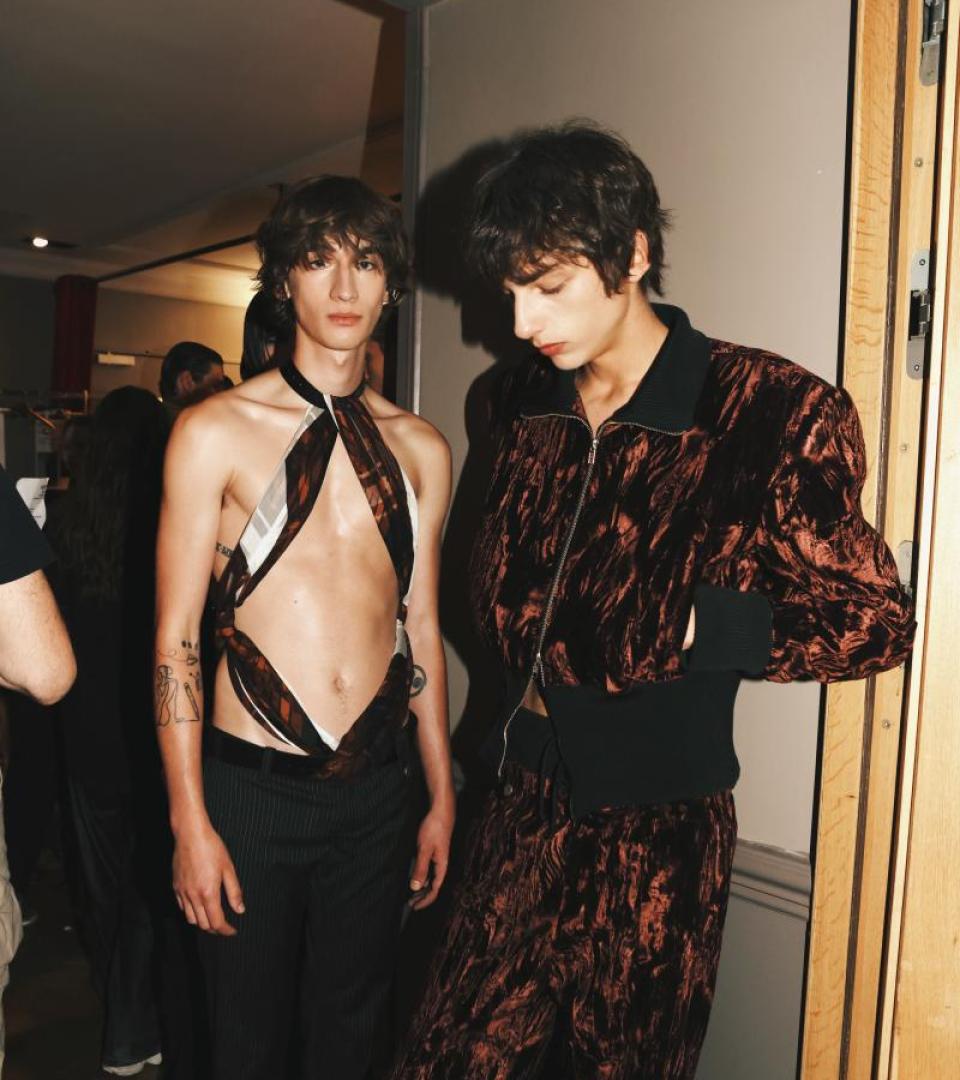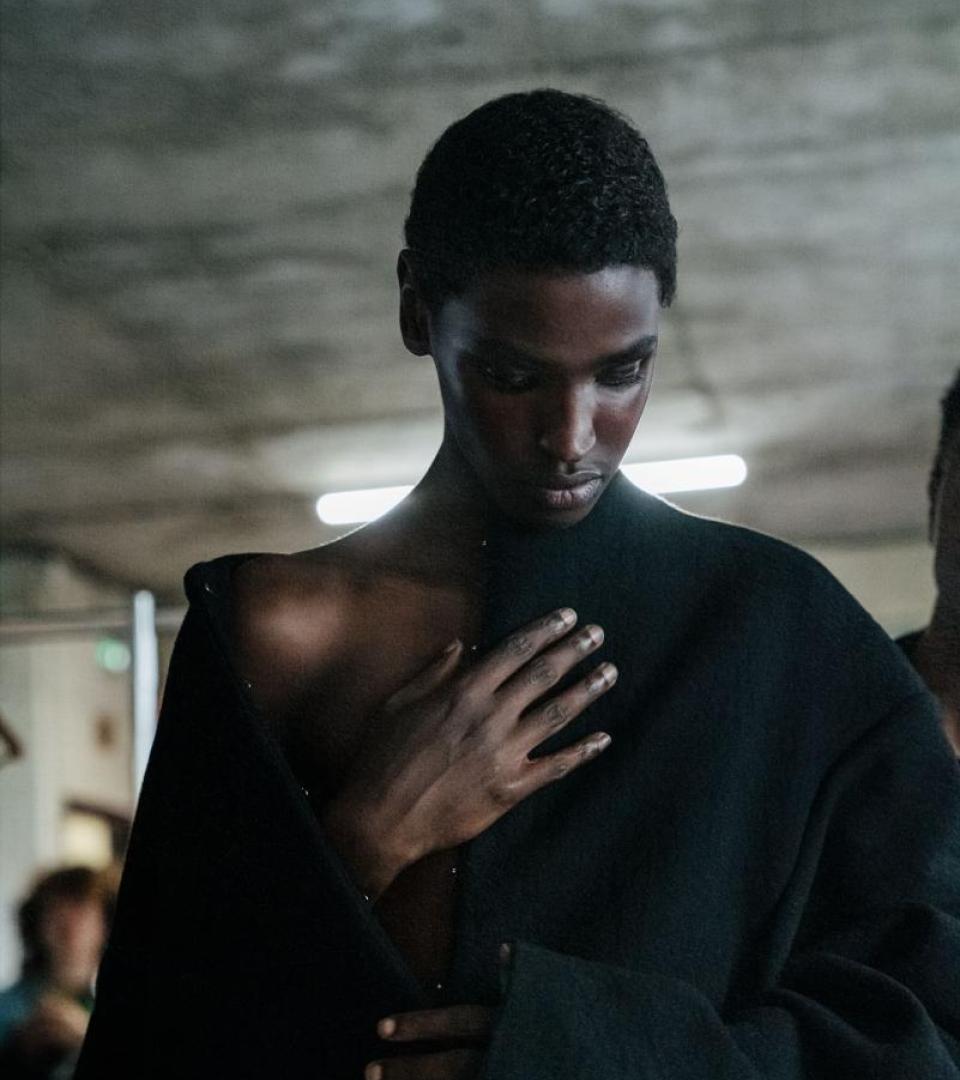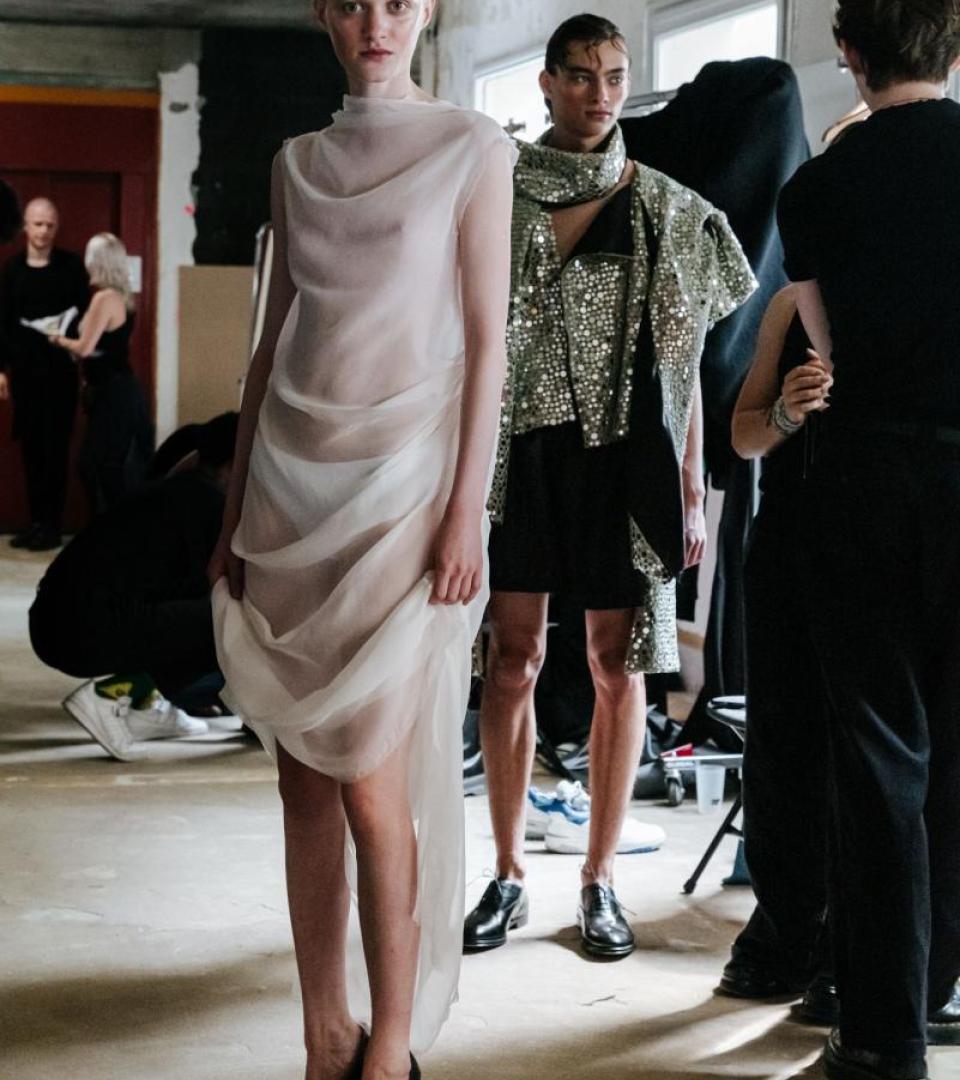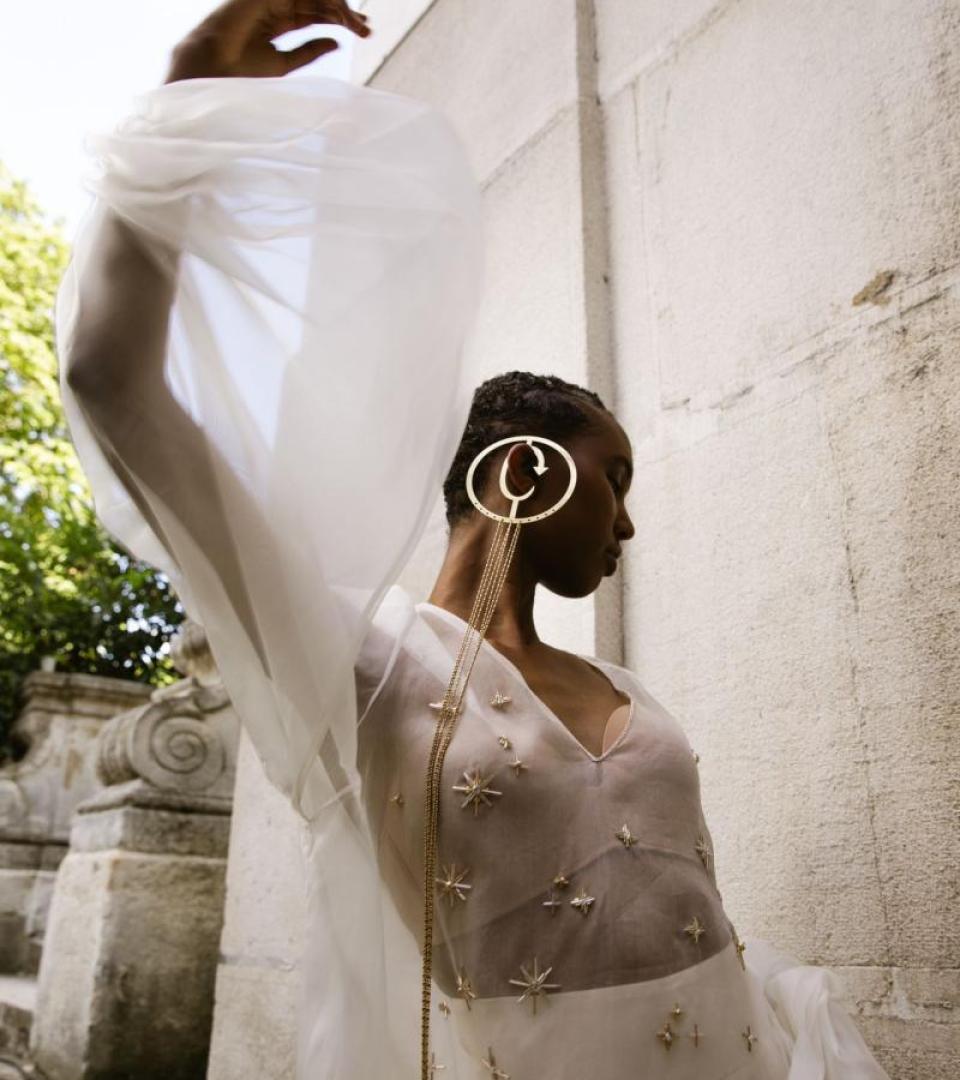Miles Socha: “The convergence of streetwear and luxury fashion catapulted menswear to the big leagues”
Few people can claim to have witnessed firsthand so many revolutions in the contemporary history of fashion. Miles Socha, journalist and a central figure in men’s fashion at Women’s Wear Daily for over two decades, certainly has this distinction.
He began his career in Canada where he grew up at the Kitchener-Waterloo Record and landed a job covering men’s ready-to-wear for DNR in New York, a publication dedicated to men’s fashion. Joining WWD in the mid-1990s, Socha has skilfully documented the essence of major stylistic and industrial transformations and has held the position of International Editor since 2005.
He was present at Hedi Slimane’s debut show for Dior Homme, capturing backstage the reactions of a transformed Karl Lagerfeld, enraptured by Slimane’s sleek black-and-white “I” silhouette, an aesthetic revolution for men’s fashion at the time. Socha has also closely tracked the rise of Raf Simons, whom he describes as an “emotional architect,” as well as the baroque exuberance of Alessandro Michele’s Gucci in 2015, which merged radical inclusivity with a post-gender wardrobe.
By turns uncompromising, ironic, and hyper smart, Socha uses his sharp pen to explore the visions of designers like Rick Owens, Thom Browne, and Kim Jones. His writings serve as invaluable tools for understanding the contemporary history of men’s fashion. Here, he revisits the early days of men’s fashion shows, including a Rick Owens presentation, while sharing his views on the increasing spectacle of men’s runway events – and their future trajectory.
This year marks the 40th anniversary of Paris Men’s Fashion Week. What, for you, makes Paris Fashion Week® unlike any other fashion week?
Miles Socha: Paris Men’s Fashion Week boasts a spectrum of talents and brands from all over the world. It’s serious, a little tense sometimes, and the bar is set very high in terms of showmanship and creativity.
You have had a long career covering menswear. I believe you started at DNR covering sportswear. Was menswear even considered “fashion” back then, or more of a matter of style?
MS: I covered fashion in Canada early in my career. Then in 1995, I joined DNR in New York as sportswear editor. I had a weekly column called Sportscast and I had to sheepishly ask someone to explain what sportswear is exactly. At that time, coverage areas, or beats, hewed closely to how American department stores were organized, so I found out sportswear was distinct from tailored clothing, and covered everything from golf shirts to blazers. There was still a replenishment aspect to the men’s business then, and it was less about fashion.
What do you think was the turning point for menswear coverage in the late 1990s?
MS: I started covering the European men’s shows when I moved to New York in 1995. I can’t remember the first men’s show I attended, but I will never, ever forget a Carol Christian Poell show in Milan where models descended from white ladders in slashed clothing to brutal techno. I can still remember the music and the clothes. It really stood out amid then conservative Milan.
Since 2000, you have been at WWD. What was the landscape for menswear coverage at that time? Was there significant interest in men’s shows? For instance, that was the era when Hedi Slimane was at Dior Homme, which is often described as a pivotal moment in redefining masculine silhouettes. What are your thoughts on his influence?
MS: Hedi Slimane’s arrival arrival at Dior Homme was the first men’s wear show I covered for WWD, and it was an electrifying event for the people who attended, and [memorable] for the slim tailoring he introduced. This would reverberate through menswear for decades. I reported on how Karl Lagerfeld shed 90 pounds simply to be able to wear his stick-to-the-ribs suits. He said to me after the show, “I was tired of wearing those oversized Japanese clothes. I saw that fashion was becoming edgier, sharper.” Hedi Slimane still makes some of the best jackets on the market – for women and men.
In your opinion, which men’s fashion show stands out as the most shocking or provocative? What made it so memorable?
MS: Besides the Carol Christian Poell show I mentioned earlier, Rick Owens’s Fall 2015 show with visible penises is another. The WWD headline was “Free Willy” and I loved how the designer explained his intentions. It was brave, memorable and subversive in a fun way.
When do you think the men’s fashion week began attracting such massive interest, with streets filled with style photographers and influencers? Was it in the 2010s, perhaps with figures like Virgil Abloh and Kanye West attending shows, or even earlier?
MS: For sure, the convergence of streetwear and luxury fashion – with Demna at Vetements, a ringleader alongside Virgil Abloh and Matthew M. Williams – that catapulted menswear to the big leagues.
Would you agree that Paris Men’s Fashion Week has become a launching pad for many young designers? What makes it such fertile ground for emerging talent?
MS: Paris Fashion Week® always attracts strong talent with big ambitions who want to present their work on fashion’s biggest stage to the best, most important audience.
We have also seen the rise of spectacular productions in men’s fashion week, with brands like Louis Vuitton under Pharrell Williams or Dior under Kim Jones staging grand scenographies similar to the women’s shows. When did this shift begin, and how has it transformed the perception of menswear?
MS: With the rise of social media and live streaming, brands need more spectacular presentations to create content that breaks through the clutter, and makes people dream whether they’re in the audience or watching it on their phone. It all helps to raise the profile of menswear. Hedi Slimane is probably one of the pioneers here because his shows always felt like rock concerts, too.
How do you perceive Paris Men’s Fashion Week today? Are there specific shows this season that you’re looking forward to?
MS: Paris Fashion Week® is always fascinating to cover because of the variety, the vibrancy and the high creative stakes. The Dior and Louis Vuitton shows are always a treat because of the scale of the productions and the star-studded crowds, and then you have the brave, independent voices of Rei Kawakubo, Rick Owens and Yohji Yamamoto. So it’s a great mix!
This interview has been lightly edited.



